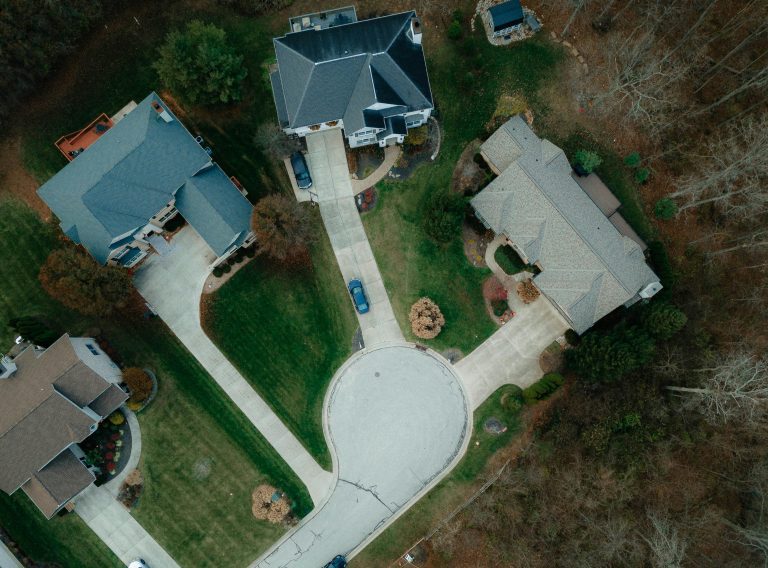Ohio is known for its diverse and often unpredictable weather. From the humid heat of summer to the icy blasts of winter, the state’s climate covers nearly every extreme. While this variability is something many Ohioans have learned to adapt to, it poses unique challenges for homeowners—particularly when it comes to maintaining and preserving their roofs. A roof is one of the most critical components of a house, providing protection from the elements and ensuring the home stays safe and comfortable for its occupants. However, Ohio’s weather can significantly influence the longevity of a roof. Understanding these influences can help you better care for your roof and potentially save money on costly repairs or replacements in the long run.
Ohio’s Weather Trends and Their Impact on Roofs
To comprehend how weather affects roofs in Ohio, it’s essential to understand the state’s climate patterns. Ohio experiences four distinct seasons, with hot, humid summers, cool, wet springs, colorful but often chilly autumns, and winters that are no stranger to heavy snow and freezing temperatures. This cyclical exposure to such varied conditions takes a toll on roofing materials over time.
For instance, summer’s sweltering heat can cause roofing shingles to expand, only for them to contract in winter’s freezing temperatures. This constant expansion and contraction may lead to cracking and other forms of wear. Meanwhile, spring and fall rains, combined with occasional hailstorms, can wear down protective layers on shingles, increasing the risk of water seepage. Simply put, a roof in Ohio has to weather, quite literally, a higher degree of stress than in many other regions.
Winter Conditions and Ice Damage
Winter in Ohio brings its own set of roofing challenges. Heavy snowfall can accumulate on rooftops, especially if the roof’s slope isn’t steep enough. This weight puts strain on the structure, increasing the chance of damage. Additionally, the freeze-thaw cycle is a common culprit behind roof problems. When snow or ice melts during a daytime thaw and refreezes at night, it can cause “ice dams.” Ice dams form along the edges of a roof and prevent proper drainage, potentially forcing melted water beneath the roof’s surface. This can lead to leaks, water damage, and even mold issues indoors.
Proper insulation and ventilation are key to mitigating these issues, as they help regulate the temperature of your roof and prevent excessive ice buildup. Consulting professionals, such as those at Ohio Exteriors, can ensure your roof is prepared to withstand the effects of Ohio’s harsh winters.
Summer Heat and UV Ray Exposure
Summer might not seem as destructive as winter, but it brings its own challenges, especially when it comes to roofing materials. Prolonged exposure to the sun’s UV rays can cause shingles to weaken over time. Asphalt shingles, which are one of the most commonly used roofing materials in Ohio, may become brittle under intense heat, leading to cracks and breaks.
Additionally, high temperatures can speed up the process of general wear and tear, reducing the roof’s lifespan if not regularly maintained. To combat this, homeowners should schedule periodic roof inspections and keep an eye out for signs of damage, such as discolored or curling shingles. Simple proactive measures like cleaning debris from gutters can also help ensure your roof stays in decent shape through the summer months.
The Role of Spring and Fall Storms
Spring and fall in Ohio often bring thunderstorms and heavy rain, which can quickly expose weaknesses in a damaged or aging roof. Strong winds during these storms can dislodge loose shingles, while heavy rains may exploit existing cracks or gaps, leading to leaks. Hailstorms, although less common, can cause immediate and visible damage, such as dents in shingles or punctures in roofing materials.
One of the best ways to prepare for storm seasons is to address minor roofing issues before they become major problems. Regular inspections, particularly before spring and fall, can help identify trouble spots. Catching damage early is an excellent way to extend your roof’s overall lifespan and avoid preventable repairs.
Regular Maintenance—Your Roof’s Best Defense
No matter the weather conditions, regular maintenance is the most reliable way to protect your roof from the elements. Routine inspections, cleaning your gutters, and promptly addressing any damage—no matter how small—can make a significant difference in how long your roof lasts. It’s also important to use high-quality materials appropriate for Ohio’s climate when repairing or replacing your roof.
Partnering with a skilled professional can make all the difference. Experts can provide insight into the best roofing solutions tailored to the state’s unique weather challenges. By staying proactive and informed, homeowners can ensure their roofs are ready to weather any storm Ohio throws their way.
Conclusion
Ohio’s weather is as varied as it is beautiful, and while it’s something to appreciate, it also presents unique challenges for homeowners. A roof faces constant exposure to the elements, from heavy winter snow to summer heatwaves and everything in between. By understanding these challenges and prioritizing regular maintenance, you can protect your investment and keep your home safe and comfortable year-round.


